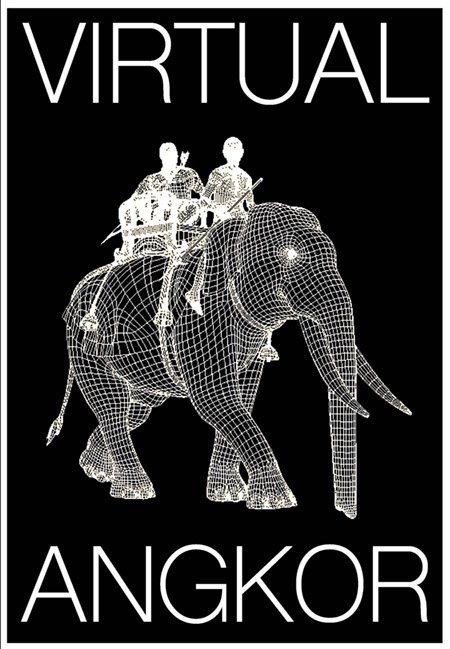Teaching Modules
Each teaching module contains multiple themes, or “chapters.” Please make sure to read through all chapters when learning with these modules.
Power & Place
Angkor Wat is an expression of the architecture of power and the power of architecture. With its massive scale and painstaking detail, the temple was a symbol of Suryavarman II’s absolute rule over his kingdom. This module examines Angkorian kingship within the framework of architecture and design.
Water & Climate
Water was the lifeblood of the Khmer empire but climate variability, particularly a series of long droughts and intense monsoons, strained the massive infrastructure at Angkor and may have contributed to the decline of the city. This module examines the relationship between the Khmers and their environment, focusing primarily on the intricate water management network that made Angkor a so-called ‘hydraulic city’.
Trade & Diplomacy
The remains of the city of Angkor look isolated today but at the peak of the Khmer empire’s power, it was an important regional center for trade and diplomacy. Explore the marketplace with Zhou Daguan and discover the intricate networks of commerce and diplomacy that crisscrossed East and Southeast Asia in the premodern period.
Teaching Units
Teaching units are “bite-sized” lessons about more specific aspects of Angkor.
Kingfisher
This small bird had a large impact on the kingdom of Angkor and its trade with the Chinese empire.
Angkor in the classroom
Virtual Angkor is a free educational resource available for use in the classroom. It has been used by teachers at a range of institutions across the world. One example are classes taught by Dr Cindy Nguyen, a Postdoctoral Fellow in International Humanities at Brown University. For a description of how Dr Nguyen uses Virtual Angkor in the classroom see here. Dr Nguyen notes:
“I can imagine using Virtual Angkor as a module to discuss a wide range of interdisciplinary topics, themes, and methodologies such as the following:
a comparative of early modern Asian urbanism, metropolis, and high density urban environments with other cases
archives and sources: historical, literary, and archaeological evidence
digital humanities and virtual environments
Asia and the world, early kingdoms
environment, agricultural development, social infrastructure
Southeast Asia polities, kingship, Buddhist and Hindu building projects
Cambodian history, role of Angkor Wat and national narrative”





